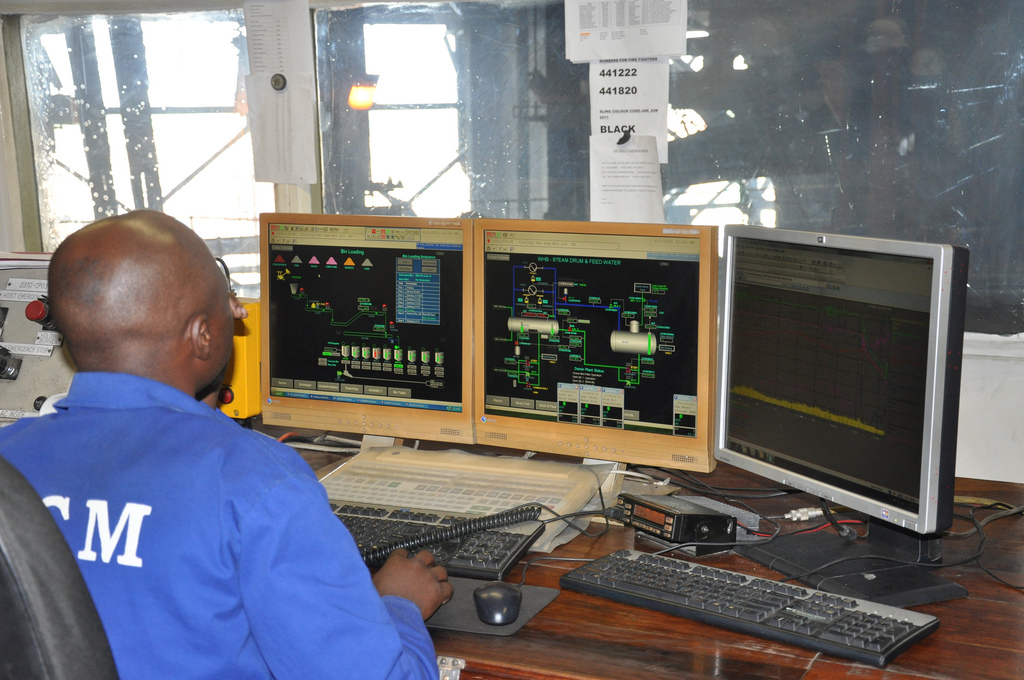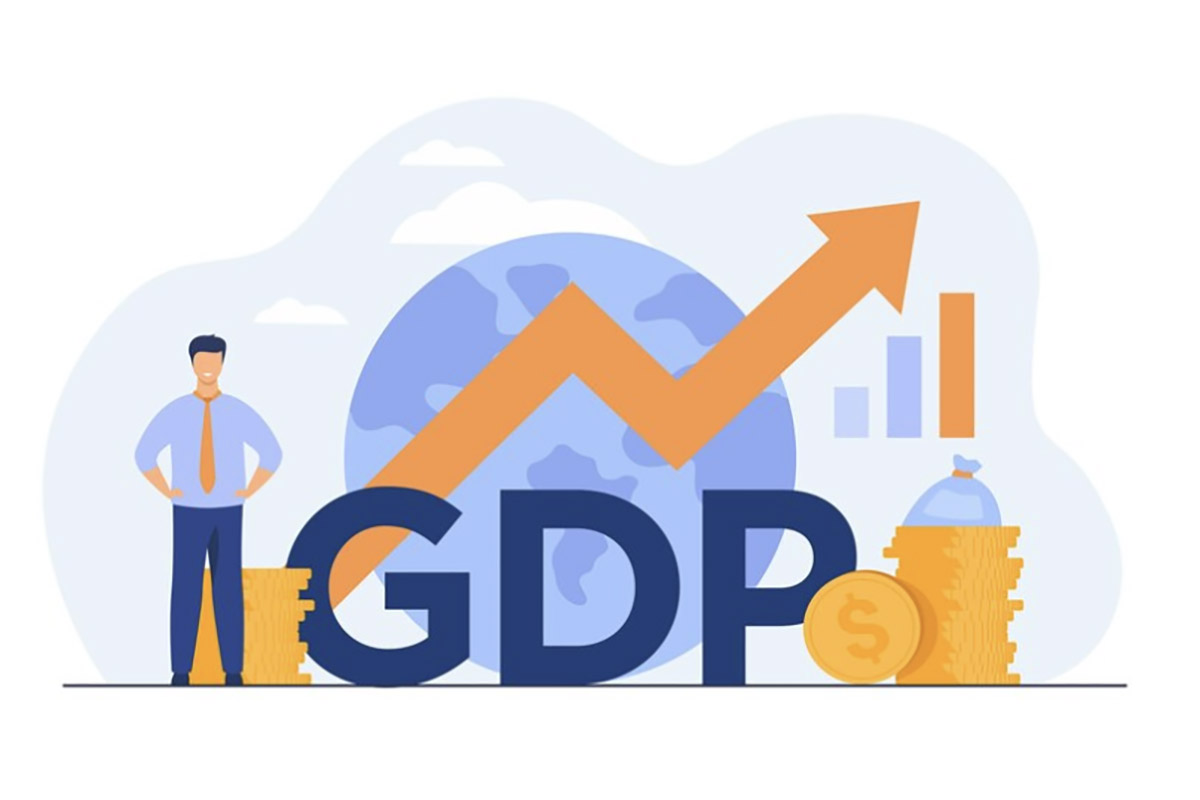“Chasing the dollar: the plunge of the kwacha”
August 5th, 2015 Inflation and devaluation are hurting Zambia’s economy, writes Mercy Zulu, 24, a Correspondent from Lusaka in Zambia, as she examines factors behind the economic trend.
Inflation and devaluation are hurting Zambia’s economy, writes Mercy Zulu, 24, a Correspondent from Lusaka in Zambia, as she examines factors behind the economic trend.
I first moved to the vibrant city of Lusaka, Zambia in 2011 and instantly found myself thrown into an unaccustomed and much larger environment. Travel to my destinations evolved into nothing less than taxi and bus rides through congested roads; sometimes for hours on end. However, the price was right and I suppose that made up for the uncomfortable mode of transportation; that price was roughly K2.50.
Today, a bus ride costs double that amount, accompanied by an increase in the general cost of living. This tends to ring alarm bells for any citizen because the economy is no longer a matter of statistics far removed from one’s life. This is an issue that harrowingly welcomes the average Zambian at the shop counter when they purchase their food and other basic necessities. In a nutshell, inflation has been on the rise the past five years, amidst a population where an estimated 70 per cent are poor and high unemployment, thus reinforcing poverty.
There are several explanations for the rise in inflation, but I will isolate this to one reason I believe is key, and that is the depreciation of the Zambian currency against the United States dollar.
Studies indicate that generally, the exchange rate has been increasing since the early ’90s, with a brief appreciation of the Zambian kwacha between the years 2004 and 2009. Thereafter, the currency began its downward spiral. Analysts have blamed the depreciation on capital flight due to less than desirable economic policies, a floating exchange rate, insufficient foreign direct investment (FDI), the growing strength of the U.S. dollar, the amount of copper production and global copper prices. While these reasons may have in part contributed, I agree with the issue of copper pricing as being a primary source of exchange rate volatility.
Copper is one of the world’s oldest and the third-most used metal in the world because of construction and manufacturing industries. The metal constitutes an estimated 60 per cent of Zambia’s exports and has dominated trade since 1964, when the country gained its independence. However, the price of copper is susceptible to fluctuations due to global supply and demand.
It is highly unlikely that supply plays a huge role in Zambia’s scenario because trends indicate a steady rise in production since the year 2000. On the contrary, copper prices have fallen by an estimated 45 per cent since 2011.
This decline in demand has several causes, one of which is the 2008 global economic recession. The burst of the housing bubble in the United States catalyzed a series of events that affected the economies of the world, dampening the demand for copper. There was not much enthusiasm to invest anymore and the construction of houses, in which copper plays a vital role, slowed down. However, the U.S. hasn’t been a major importer of Zambian copper in recent times. That award goes to China.
This brings us to our second cause. According to statistics, the Chinese economy has been growing rapidly the past 23 years at an estimated 10 per cent annually, accompanied by a growing demand for the metal, which is used in industrialization and urbanization. Reports indicate that China consumes about 40 per cent of global copper production. Due to dependence on copper for revenue and the lack of diversification, the Zambian economy is closely linked to the Chinese economy. Any slight tremor in the latter could cause a cascade of harmful events for the former. That is exactly the case today.
China’s economy has slowed down, recently recording its lowest growth last year since 1990. One of the results is a reduction in copper demand.
A blow to the copper price is bound to happen when the two biggest global players are tightening their pockets.
Other less substantial causes of copper price volatility include stockpiling of copper by importers, the use of substitutes such as aluminum and speculation on copper prices due to the dynamic nature of commodity pricing.
What does this all mean for the average Zambian?
Depreciated currency makes imports more expensive. Generally the economy is largely dependent on imports, which not only reinforces the already weakened kwacha but also raises the price of products and services. Coupled with fluctuation in fuel prices and the recent energy crisis, the Zambian economy is under inflationary pressure.
There is always light at the end of the tunnel and speculation indicates that the price of copper will bounce back post 2016. However, the country need not be at the mercy of such economic risks. It must diversify its economy and develop local industries on its journey to industrialization. I suppose for Zambia it’s not so much the ‘what to do’ but the ‘how to do it’.
photo credit: Mopani Mine Zambia via photopin (license)
………………………………………………………………………………………………………………
About me: I am an avid reader and writer. Even more, I am an advocate of the development agenda, and recently graduated with a major in Economics and minor in Development studies.
I come from a developing country and because of my daily experiences have a burning desire to eliminate poverty and preserve a better world for the future through sound economic policy.
I love working in eclectic environments that encourage creativity. I have written articles for local publications and the World Bank.
………………………………………………………………………………………………………………
Opinions expressed in this article are those of the author and do not necessarily represent the views of the Commonwealth Youth Programme. Articles are published in a spirit of dialogue, respect and understanding. If you disagree, why not submit a response?
To learn more about becoming a Commonwealth Correspondent please visit: http://www.yourcommonwealth.org/submit-articles/commonwealthcorrespondents/
…………………………………………………………………………………………………………………




